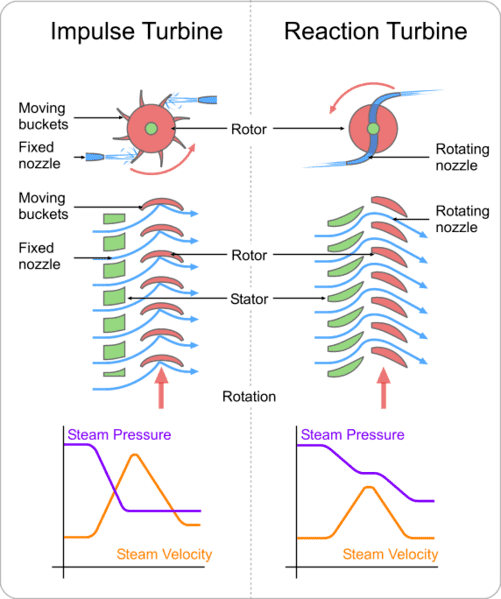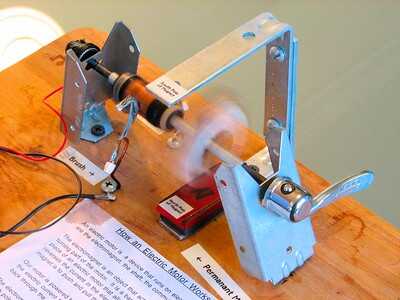BECCS Definition, Process, Examples, Disadvantages
BECCS (Bioenergy with Carbon Capture and Storage) is the act and process of actively decarbonizing bioenergy usage through simultaneous removal of carbon dioxide. This article discusses BECCS definition, sources, process, comparison, examples and disadvantages, as outlined below;
-BECCS Definition: 5 Ways to Define BECCS
BECCS Definition: 5 Ways to Define BECCS
BECCS stands for ‘Bioenergy with Carbon Capture and Storage‘, which is in innovative, geo-engineering technology that combines the utilization of renewable energy with the capture of carbon dioxide emissions as a means of ensuring absolute sustainability [2].
The above can be seen as a holistic definition that touches all basic attributes of BEECS as a concept, process and practice.
There could be questions regarding the relationship (if any) between BECCS, and traditional carbon capture and storage (CCS), as well as natural carbon sequestration, and the roles of carbon sinks and sources in ecosystems.
In an effort to address such enquiries, the alternative BECCS definition below centers on the difference between BECCS and CCS;
Bioenergy with carbon capture and storage (BECCS), is a type of energy management and optimization technology, whose operation is equivalent to that of conventional carbon capture and storage (CCS), but differs only by being specialized and integrated with biofuel-fired power plants, biorefineries, bioreactors, and all other energy systems that are dependent on renewable fuel from biomass.
While the above definition is lengthy, it clarifies the uniqueness of BECCS, which is based on its specific function(s). Below is yet another BECCS definition that further outlines its function and importance, based on how BECCS works;
BECCS (or bioenergy with carbon capture and storage) is a renewable decarbonization technology that works by extracting energy from organic sources, and capturing the greenhouse gases emitted in the process, using isolation and absorption equipment, in order to reduce environmental impacts, increase energy efficiency, and mitigate the effects of air pollution on human health and economy.

Aside increasing energy efficiency, BECCS also optimizes energy conservation by reducing the amount of waste energy that is lost as heat to the environment, alongside greenhouse gases. It is not uncommon for BECCS systems and processes to be modified with other functionalities like cogeneration, for this purpose [3].
The understanding of the function of BECCS, as with any other technological concept, can be simplified by presenting this function in form of a definite process. In the BECCS definition below, an attempt is made to outline the ‘BECCS process’;
Bioenergy with carbon capture and storage (BECCS) is the effective optimization of bioenergy consumption through a well-defined process that comprises of feedstock selection, biomass conversion, bioenergy extraction, carbon capture and storage.
Lastly, the BECCS definition is provided in such a manner that highlights the link between BECCS and other sustainability-based concepts;
BECCS is the simultaneous capture and storage of carbon from bioenergy systems, as one of various measures to achieve sustainable development and to facilitate the energy transition, as well as the establishment of environmental justice and circular economy.
Sources of Biomass for BECCS
Sources of biomass for BECCS are;
1). Industrial Outlets (as one of the Sources of Biomass for BECCS)
These include all industrial systems and facilities that interact with organic matter as a raw material or/and waste product.
Industrial sources of biomass for BECCS include recycling facilities, food processing systems, cement production as well as pulp and paper plants.
2). Agricultural Projects/Systems
Biomass for BECCS can be derived from large-scale agricultural projects, in the form of crop residue and food waste.
3). Municipal Outlets (as one of the Sources of Biomass for BECCS)
Municipal entities are major sources of biomass for BECCS purposes.
Waste produced in municipalities (including residential and commercial entities) is usually high in organic content.
Disposal of the organic fraction of municipal waste in landfills and other disposal facilities is a common practice in many parts of the world, but not a sustainable one [1].
Integrating BECCS functions and operations into the waste management scheme for municipal waste is a helpful means of mitigating environmental pollution and global warming.
Municipal organic waste can be used for BECCS, within the context of landfilling; through elaborate waste-to-energy practices like landfill gas recovery and utilization with carbon capture and storage.
BECCS Process
The BECCS process comprises of five (5) steps or stages, which are;
1). Feedstock selection
2). Biomass conversion
3). Bioenergy extraction
4). Carbon capture
5). Carbon storage
BECCS and CCS Comparison
The main difference between BECCS and CCS is that BECCS is a much broader concept that encapsulates carbon capture and storage (CCS) alongside renewable energy conversion and utilization.
What this implies is that BECCS is more complex and elaborate than CCS.
BECCS is an integrated concept that includes CCS as an aspect of its operation, while CCS is centered solely upon the capture and storage of carbon dioxide from systems.
It can be deduced from the above, that CCS is more flexible than BECCS. Carbon capture and storage is more flexible in the sense that it can be applied or implemented under a variety of conditions, within various contexts.
On the other hand, BECCS is less-flexible because it is restricted in context, to bioenergy applications.
Carbon capture and storage (CCS) does not cover energy usage, or even carbon utilization.
Here, it is important to point out that CCS is different from CCUS; which itself refers to carbon capture, utilization and storage. As such, the functional scope of CCS is narrower than both CCUS and BECCS; which involve the utilization of material and/or energy resources.
Unlike CCS, BECCS covers direct interaction with energy, which includes its conversion, conservation, optimization, and storage.
The table below summarizes the comparison between BECCS and CCS;
|
Comparison Criteria |
BECCS |
CCS |
|
Functionality Scope |
Broad |
Narrow |
|
Relative Complexity |
High |
Moderate |
|
Energy Interaction |
Yes |
No |
|
Contextual Flexibility |
Low |
High |
BECCS Examples
1). Landfill Gas Utilization with Carbon Capture
2). Agricultural Residue-based BECCS project
3). Biofuel Production with Carbon Capture and Utilization, from forest Residue
4). Industrial Waste Conversion and Steam Turbine–firing, with Exhaust Scrubbing and Effluent Sequestration
Disadvantages of BECCS
Disadvantages of BECCS are;
1). Demand for large amount of land resources that could be used to address food insecurity and hunger
2). May encourage unsustainable practices like deforestation
3). BECCS may not be totally carbon-negative
4). Due to its developmental immaturity, there are still several technical limitations in the practice of BECCS
5). Complexity and need for significant knowledge and skill
Conclusion
BECCS is the process of extracting and utilizing bioenergy, while simultaneously capturing and storing carbon dioxide emissions.
Sources of biomass for BECCS are;
1. Industrial Outlets
2. Agricultural Projects/Systems
3. Municipal Outlets
BECCS process is made up of; feedstock selection, biomass conversion, bioenergy extraction, carbon capture, and carbon utilization.
The difference between BECCS and CCS is that BECCS is more complex and elaborate than CCS, but can only be applied within the context of bioenergy usage.
BECCS examples are; landfill gas utilization with carbon capture, agricultural residue-based BECCS, biofuel production with carbon carbon and capture, and industrial waste conversion with flue gas-scrubbing.
Disadvantages of BECCS are; land resource-demand, may involve emissions, technical limitations, and complexity.
References
1). Abdel-Shafy, H.; Mansour, M. S. M. (2018). “Solid waste issue: Sources, composition, disposal, recycling, and valorization.” Egyptian Journal of Petroleum 27(4):1275-1290. Available at: https://doi.org/10.1016/j.ejpe.2018.07.003. (Accessed 6 December 2022).
2). Burns, W.; Nicholson, S. (2017). “Bioenergy and carbon capture with storage (BECCS): the prospects and challenges of an emerging climate policy response.” Journal of Environmental Studies and Sciences 7(2). Available at: https://doi.org/10.1007/s13412-017-0445-6. (Accessed 5 December 2022).
3). Gustafsson, K.; Sadegh-Vaziri, R.; Grönkvist, S.; Levihn, F.; Sundberg, C. (2021). “BECCS with combined heat and power: Assessing the energy penalty.” International Journal of Greenhouse Gas Control 108:103248. Available at: https://doi.org/10.1016/j.ijggc.2020.103248. (Accessed 6 December 2022).

